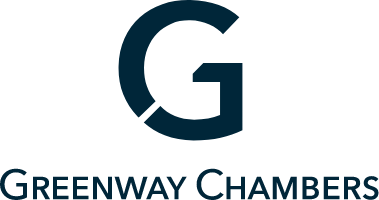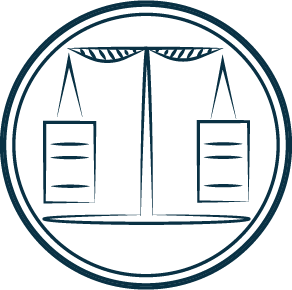Under r 31.23(3) of the Uniform Civil Procedure Rules 2005 (NSW) (UCPR), an expert’s report may not be admitted into evidence unless the report contains an acknowledgement by the expert witness that he or she has read the code of conduct in Schedule 7 (Code) and agrees to be bound by it, unless the Court otherwise orders. The rule is a precondition to the admissibility of an expert report: Tim Barr Pty Ltd v Narui Gold Coast Pty Ltd [2009] NSWSC 49.
The intention of the rule is to “keep out expert evidence unless it can be seen that the expert has conducted himself or herself in the way required by the Code in relation to the preparation of the report and the formation of the opinion stated in it”: Tim Barr Pty Ltd v Narui Gold Coast Pty Ltd [2009] NSWSC 49 at [46].
There is some uncertainty in the authorities about whether UCPR r 31.23(3) applies:
- only to reports of an “expert witness” (being an expert engaged for the purpose of providing evidence in the proceedings: see UCPR r 31.18): Re Alora Davies Developments 104 Pty Ltd (in liq)[2024] NSWSC 335 at [4]; in Di Liristi v Matautia Developments Pty Ltd [2021] NSWCA 328 at [12]; or
- also to reports prepared by “experts” that were notengaged for the purpose of providing evidence in the proceedings: see Tim Barr Pty Ltd v Narui Gold Coast Pty Ltd [2009] NSWSC 49 at [14]; Cahill v Kenna [2014] NSWSC 1763 at [33].
Either way, where a party tenders an expert report for its opinion purpose and the report does not refer to the Code of Conduct, there is likely to be an argument about whether the Court should “otherwise order” under UCPR r 31.23(3).
It is for the person seeking to lead the evidence to satisfy the court that it should otherwise order: Welker & Ors v Rinehart & Anor (No 6) [2012] NSWSC 160, [35].
The general position is that the Court should only order otherwise where there are “good reasons” to do so, although exceptional circumstances are not required: Earthmoving and Land Management Pty Ltd (No 2) [2012] NSWSC 937, [2]; Hodder Rook & Associates Pty Ltd v Genworth Financial Mortgage Insurance Pty Ltd [2011] NSWCA 279 at [56]–[62]. As Court of Appeal noted in Hodder:
Each case must be considered on its merits. The court may consider that the assumed “real risk” is non-existent or minor. If so, in the case where an expert makes an initial report without having the Code in mind and then is shown the Code and swears that in fact he or she did abide by it and now affirms the original report, the evidence should be admitted. Again, if the court can see that he or she is not just rubber stamping the original report, the later report should be admitted into evidence.
In the oft-cited decision of McDougall J in Investmentsource v Knox Street Apartments [2007] NSWSC 1128 his Honour decided not to otherwise order as, among other things (see [50]):
- the witness had not prepared the report with a conscious appreciation of the Code;
- there is a real difference between an expert engaged as an independent expert to give evidence and one engaged to advise the client; and
- there was a real risk that having not prepared the report in accordance with the Code, it would be difficult for the witness to retreat from that opinion.
Of course, each case will turn on its particular facts and circumstances. In Welker & Ors v Rinehart & Anor (No 6) [2012] NSWSC 160 the Court noted at [35] that the “relevant circumstances” to be taken into account include:
- nature of the instructions that were actually given to the expert;
- the expert’s prior familiarity with the Code;
- the extent to which the report on its face appears to comply with the Code; and
- the evidence subsequently given by the expert concerning the question whether he or she complied with the Code at the time and whether his or her opinions have been affected by non-provision of it.
According to recent authorities, it will also be relevant whether the expert has previously given evidence as an expert witness, such that they were familiar with the substance of the Code at the time they prepared their report (despite not expressly adopting it): Miller v Jones (No 5) [2019] NSWSC 1448 at [30]; First Class Securities Pty Ltd v R Neuhaus [2019] NSWSC 1261 at [9]; Welker at [35]; see, also, Jones v Murrumbidgee Irrigation Ltd [2019] NSWSC 1228 at [34], [38].
Other relevant considerations include whether the witness is available for cross-examination: Eco-pact Pty Ltd v Law Society of NSW [2023] NSWSC 283 at [195]; and the type of case, as a higher degree of alertness to strict compliance may be required in a commercial cause than there is, say, in a personal injury action: see Portal Software v Bodsworth [2005] NSWSC 1228 at [5].
It is important to be aware of the risks associated with an expert’s failure to acknowledge the Code. Where it can be remedied, it is best to do so. Otherwise you will likely be faced with a discretionary argument about whether the Court should “otherwise order” to admit the report.






